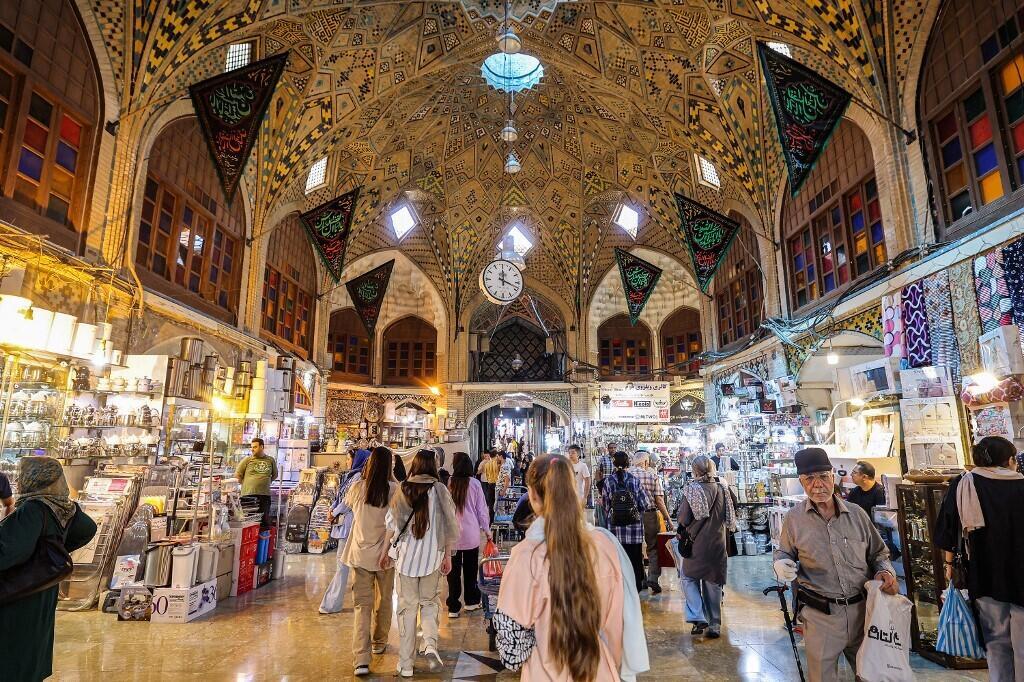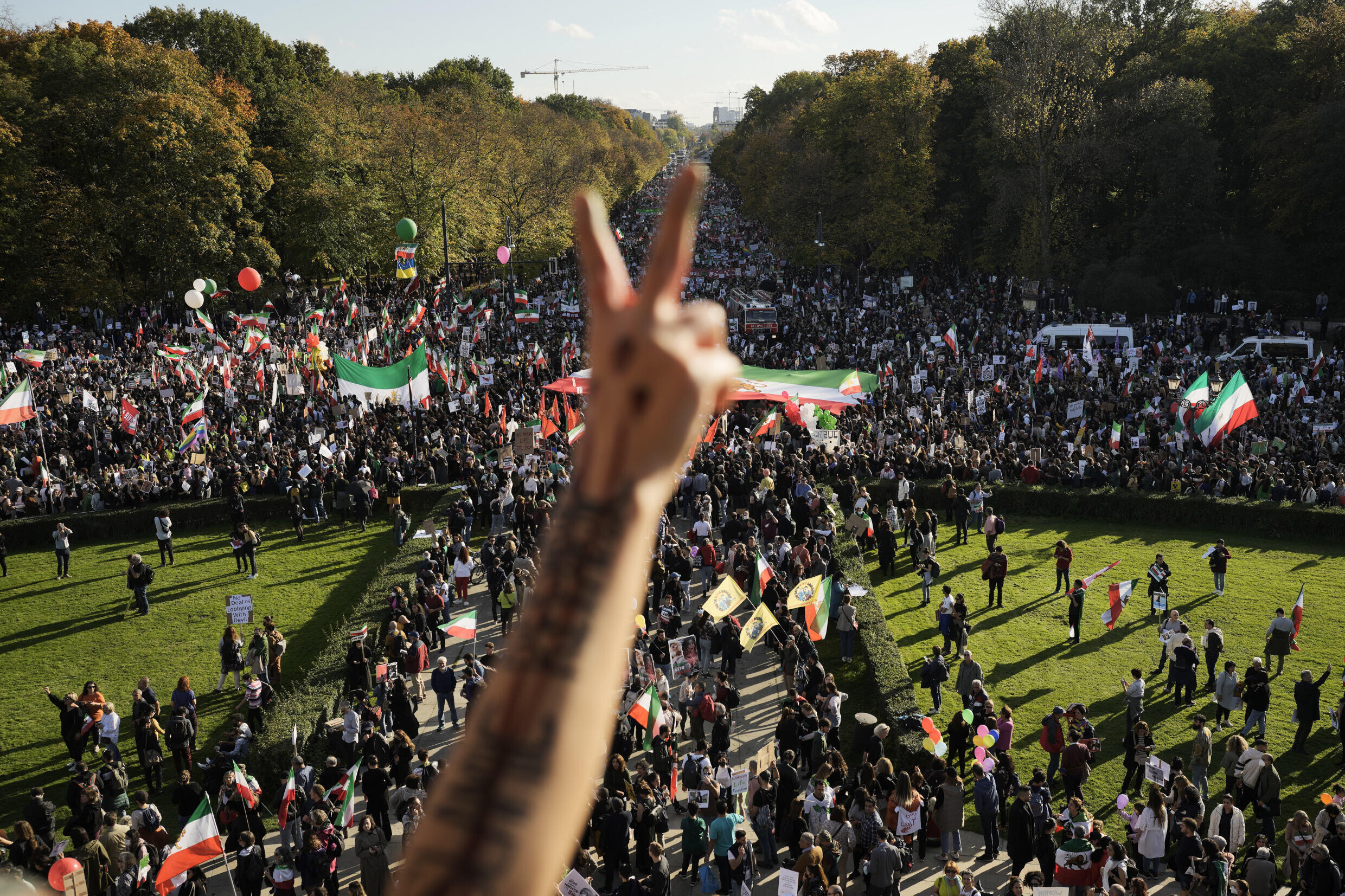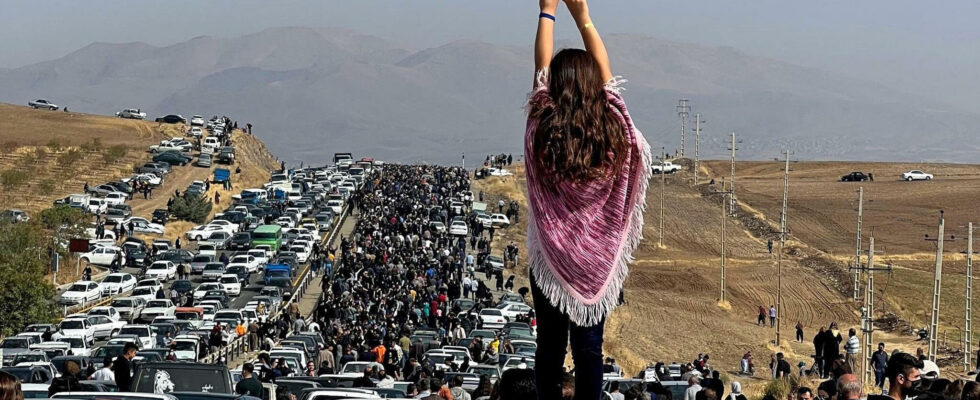On September 16, 2022, the announcement of the death of young Mahsa Jina Amini triggered a major protest movement against the regime in Iran. While the demonstrations were stifled by repression, the “Woman, Life, Freedom” movement sparked a cultural revolution that is now permeating Iranian society.
His youthful face is became a symbol. In September 2022, 22-year-old student Mahsa Amini was arrested by the police for wearing the wrong veil. She died three days later in unclear circumstances. Some people believed that she had been the victim of police violence and the news of her death sparked an unprecedented protest in Iran.
Protests ignite first Iranian Kurdistan, where the young woman is from, before spreading rapidly throughout the country. Driven by young people and women, anger is unleashed both in the streets of large cities and in more isolated regions. Very quickly, the demonstrators no longer only target the compulsory wearing of the veil but also demand the end of the regime, to the rhythm of slogans such as “Woman, life, freedom”, of the song ” Baraye » by Shervin Hajipour, and a great diversity of actions.
Under the pressure of a mobilization that drags on, the regime is wavering but not giving in. The repression is mercilessHundreds of people are killed by the security forces, tens of thousands more arrested or forced into exile. NGOs report widespread torture, rape of detainees, threats and constant harassment. The security apparatus maintains constant pressure and the judiciary increases the number of convictions and executions.
Culture of disobedience
The authorities gradually stifle the movement, which lacks leadership, a program and a method. The demonstrations eventually run out of steam in the spring of 2023, but “ something has changed in society “, analyses Jonathan Piron, Iran specialist at the Etopia Institute, based in Belgium. A social and cultural dynamic that permeates the population. “Certainly, the movement failed to bring down the regime as it had hoped, but its impact is very real and” always present “, says the researcher.
” Beyond its victory or failure, its rise and fall, this movement has provoked a revolution “, confirms historian Touraj Atabakiprofessor emeritus at Leiden University, Netherlands. A revolution ” anticlerical ” And “ cultural » who has « gave power to the people and to a new generation” and which brought to light “ the diversity, complexity and solidarity of Iranian society “. A company that has “ experienced a new culture: the culture of disobedience and non-violence in the face of the incredible brutality of the regime “, says this specialist in social movements.
Also readWords from Iran: One year after the death of Mahsa Amini, where is the “Women, Life, Freedom” movement?
A culture “ still at work ” today, which is manifested by protest graffiti on walls, messages of discontent on social networks and especially by acts of civil disobedience in everyday life. In Tehran but also in other cities of Kurdistan, Isfahan or in the north as well as the south, notably in Baluchistan, women take to the streets without hijabfilm themselves and publish the videos on the internet whilethey face enormous risks.

In a documentary broadcast on Arteactress Golshifteh Farahani believes that “ The people are still afraid, but the rage is stronger, and it has changed form. Before, people would go out into the streets to express it. Today, they carry the fight within themselves. It is something visceral, and it translates into civil disobedience. They humiliate the power ” So many snubs to the authorities and proof that the protest continues in other forms.
” Revolution of consciousness »
Two years later, “ There are no more gatherings in the street, but the spirit of mobilization continues and reinvents itself “, analyzes researcher Jonathan Piron, who sees in this movement “ a form of cultural revolution, a new state of mind that exists under duress, but which exists ” and which has undoubtedly initiated several changes, notably ” in the way men look at women, on questions of equality or in the fracture with the regime “.
For Azadeh Thiriez-Arjangi, researcher-teacher and vice-president of the scientific council of the Ricœur Fund, it is a “ revolution of consciousness ” which caused “ a liberation of speech “, a form of “ maturity in opposition ” And “ the expression of Iranian patriotism “in complete rupture with power.” The protesters said: “The Islamic Republic is not Iran, we are Iran,” with the regime seen as an invader. »
The teacher also believes that the demonstrations have marked “ the end of naivety for the entire diaspora “, pushing its members to be more vigilant about the Iranian regime’s influence abroad. And they have spawned ” many spokespersons and defenders of the movement all over the world ” However, the diaspora has “ played an important role in this movement, through his support, his emotion and his radicalism “, emphasizes Professor Touraj Atabaki of Leiden University. Large-scale mobilizations were held all over the world for months, a first “ in the history of the diaspora on a global scale “.

Also readIran: One year after the death of Mahsa Amini, the diaspora still mobilized despite its differences
Political impasse
For these reasons, the “Woman, Life, Freedom” movement constitutes a “ turning point ” in modern Iranian history, according to observers. If only by its claims: ” This is the first time that inside the country, Iranians have openly and massively demanded the end of the Islamic Republic, even insulting the supreme leader, recalls the philosopher Azadeh Thiriez-Arjangi. They had never dared to express their hatred and dismay so clearly. “An unprecedented radicalism that the government must now face in spite of itself.
Certainly, the new president – considered a “reformer” – has promised to loosen the grip a little, but are these promises serious, and “ Will the Supreme Leader and the Revolutionary Guards let him do this? ” asks Jonathan Piron of the Etopia Institute. And even so, “ Young people no longer expect anything from the regime, they do not think that the system can be transformed “As evidenced by the abstention rate in the presidential election last July.
The political landscape leaves little choice. There is “ no political structure that represents a real alternative to the regime, with a militant base that occupies the ground and a clear program “, analyzes the researcher of the Etopia Institute. What the movement lacked, which also did not have “ vision and charter “, says historian Touraj Atabaki. Where to go, what to do? You want freedom, okay. You want regime change, okay. But how and with what are you going to replace it? ” asks the researcher, who also points out the delay with which the opposition took the measure of what was happening.
Revolutionary process
Faced with repression, a devastated political field and a difficult economic context, the outlook seems very bleak. While the fall of the regime demanded by the demonstrators is probably not for tomorrow, the “Women, Life, Freedom” movement has nevertheless initiated a profound change that is long-term. This “ changed the course of history and will give much to think about to the younger generations, it is part of a long revolutionary process “, underlines the vice-president of the scientific council of the Ricœur Fund, Azadeh Thiriez-Arjangi.
The movement ” entered a long tunnel “, summarizes historian Touraj Atabaki. “ He is still walking with a certain degree of passivity in this long, very long tunnel. We do not know what will happen at the end of this tunnel, but the movement has not died out. It is turning away from the street towards social or political disobedience. “And this specialist in social movements insists: “ Post-Mahsa Iran is not pre-Mahsa Iran. »
